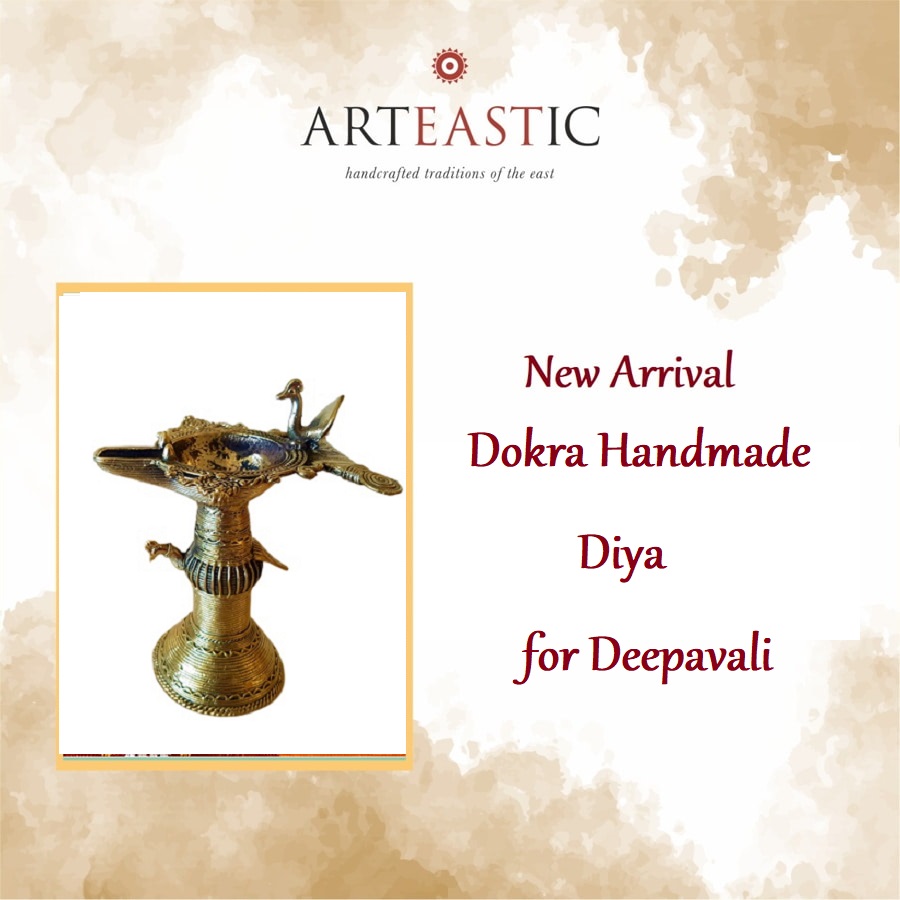About Us

When I was in school, I remember my father asking me and my sister to accompany him on an official trip to Konark and Puri. During the visit, we stopped by a school for sculpting and stone carving. Young men, probably in their twenties, were carving beautiful stone statues out of different kinds of rock. My sister and I were asked to pick a statue each, to take home. While the elderly gentleman accompanying my father encouraged us to pick up statues of gods and goddesses, my sister and I quietly chose Devdasi’s(dancing girls), whose kin adorned the walls of the Konark temple. During a subsequent trip that took my father to a far-fetched corner of Odisha (kalahandi district), he picked up a beautiful effigy of Radha and Krishna. The onyx statue was carved out of ‘Muguni Pathara’.Till date these stone-carved statues are some of the most beautiful pieces of art in my possession. They are some of the most timeless, most elegant yet most contemporary statues I have seen, which complement both modern and traditional tastes.
The story of creating wonders with
hands and imagination does not stop at stone carving. It goes onto include handloom,
terracotta, palm leaf paintings and much more. The artistic prowess witnessed
in ancient India was breath-taking. Who would think of storytelling through a
piece of cloth? Or documenting the holiest of our Vedic scriptures on palm
leaves? It is astounding to see that
these priceless art forms have been kept alive for hundreds of years by a
handful of artisan families in hidden niches across the country. They are not
celebrities. Their art work is not auctioned off or sold for millions of
dollars. They are nameless, faceless artists from the rural regions of India,
who have handed down their skill and knowledge through generations. Their
creations are no less valuable than that of celebrity artists with
international fame; they have simply never had the platform where they can
express themselves internationally. Every time I have met such an artist, I cannot
help but admire the tremendous love they possess for their chosen form of art;
the immense dedication and determination they embody, and how they strive to
preserve the ancient heritage of our country. In my eyes, they are some of the
most eminent historians and custodians of our culture and heritage and we owe a
lot to them.

While in college, my roommate (who was from Guwahati in Assam) brought me a beautiful Mekhla Chador as a present. It was one of the most beautiful possessions I had in my student life and I preserved it for as long as I could. During a recent visit to Kolkata, I bought the cloth for another beautiful Mekhla in golden colour Muga silk from the Assam emporium. Upon returning to my home in Mumbai, I visited multiple boutiques/tailor shops, in the hopes of getting my Mekhla stitched. Alas…. No one knew what a Mekhla was and how to stitch it! It was one of those multiple occasions when I felt the need to present the heritage and beauty of the Eastern region of India to the rest of the country, and to the world.
This led to the thought behind the creation of Arteastic
which endeavours to bring to you handcrafted traditions of the East.
Arteastic was launched in November 2017, to present authentic, high quality
handicraft and handloom artefacts from the Eastern and North Eastern states of
India. Today we have more than 20 product lines from 4 states, a network of
more than 30 self-help groups of artisans and weavers and customers from all
over India and abroad.
Each form of art has a story to tell – about folklore,
nature, history, about knowledge, spirituality and religion; about political
landscape and the changing society of India; and above all about the people of
this land. Handicrafts have chronicled this ever-changing story well, by
simultaneously preserving the old and embracing the new.
While artisans may sell their ware to make a living, the skill, heritage and beauty attached with it is priceless. Just as artisans pass down the knowledge of how to create the art from generation to generation, families pass down their possessions, including these pieces of art, from generation to generation. For centuries now, our culture and history has been kept alive as much by the passing down of such heirlooms, as it has been by history books and old monuments.
Explore Arteastic today!!!
